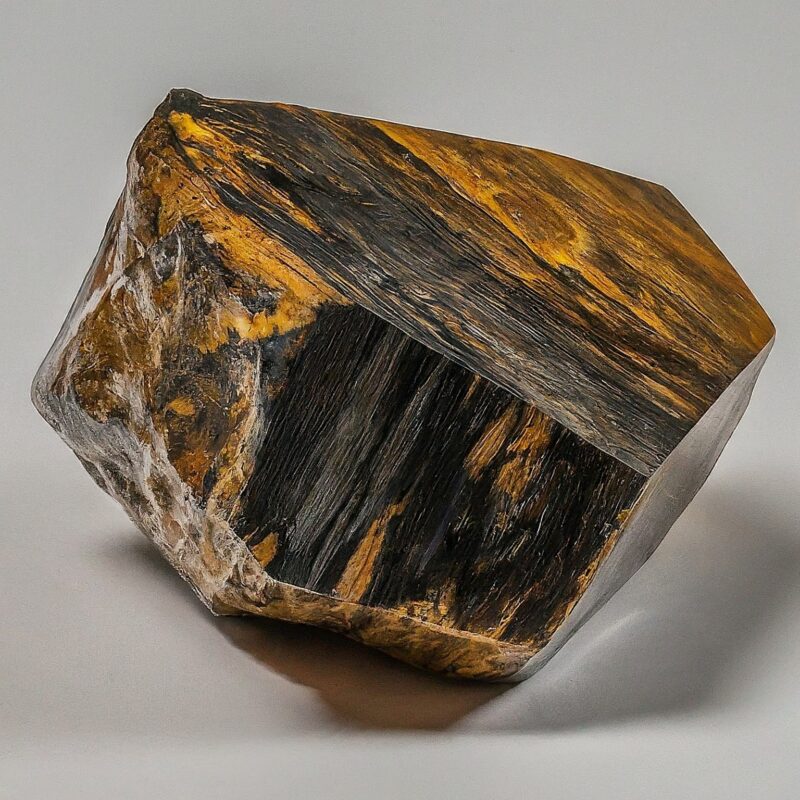Future Battery Minerals (ASX: $FBM) identifies new pegmatite targets at Miriam lithium project
- Author: Stock Piper

Overview of Future Battery Minerals' latest announcement
Future Battery Minerals Ltd (ASX: $FBM) has announced the identification of 13 new pegmatite targets at its Miriam Lithium Project, located north of the Kangaroo Hills Lithium Project. The targets, identified through a geophysical review, include five discrete structures coinciding with a 1.6-kilometre soil anomaly and outcropping spodumene-bearing pegmatite. The company plans to commence follow-up surface sampling to refine the targets, with results expected in October 2024 ahead of an initial drilling programme. Future Battery Minerals has also submitted an application for a Western Australian Government Exploration Incentive Scheme (EIS) grant to co-fund the initial drill programme at Miriam, with the outcome expected in October 2024.
Executive commentary on the Miriam Lithium Project
Armed with existing geological knowledge of the adjacent Kangaroo Hills Project, we were able to kick off analysis and target-generation activities at the Miriam Project prior to acquisition completion. Southern Geoscience's review is now complete and has delivered promising results, with 13 new pegmatite targets identified across the tenement area. Particularly noteworthy are the five discrete structures coinciding with a significant soil anomaly and an outcropping spodumene-bearing pegmatite, which bear striking similarities to the Big Red pegmatite at KHLP. These targets have us excited for the considerable lithium potential of the Miriam Project, and we are eager to commence follow-up surface sampling to further refine our targets. We are currently conducting a wide-spaced extensional soil sampling programme to test for potential blind, subsurface pegmatites, including in the northern area of the tenure. Once this is complete and following successful acceptance of our EIS application for co-funding for the initial drilling programme at Miriam, we plan to commence drilling in the first half of CY2024.
Summary of Future Battery Minerals' Miriam Lithium Project update
Future Battery Minerals' geophysical review of the Miriam Lithium Project has led to the identification of 13 new pegmatite targets, with five structures coinciding with a significant soil anomaly and an outcropping spodumene-bearing pegmatite. The company plans to conduct follow-up surface sampling to refine the targets, with results expected in October 2024 ahead of an initial drilling programme. Additionally, an application has been submitted for a Western Australian Government Exploration Incentive Scheme (EIS) grant to co-fund the initial drill programme at Miriam, with the outcome expected in October 2024. The presence of host structures in the northern part of the project area indicates further exploration potential, and the geophysical review has reprocessed existing public-domain airborne magnetic and radiometric data to identify demagnetisation or breaks in the serpentinised basalt and ultra-mafic lithologies where pegmatites may have intruded. The company is targeting Miriam's initial drill programme in H1 CY2025, contingent on the successful acceptance of the EIS application.


